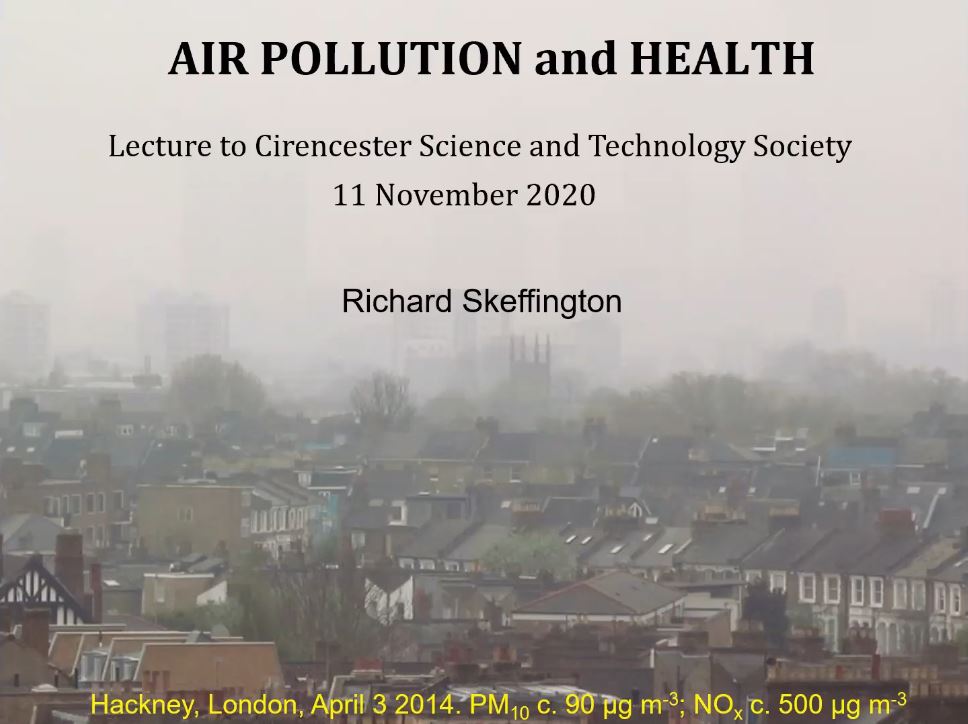Lecture Reports
Below you will find reports from our lectures. Either click the title to view the report online or download a copy by clicking on the file name next to 'Download report'. Use the search box on this page to find a particular report.
- Category: Lecture Reports
- Date: Thursday, 10 Dec 2020
- Richard Gunner
- Cirencester Community Railway
- Download Report: RailScheme_CSTS_Presentation_20xc.pdf
- Category: Lecture Reports
- Date: Wednesday, 12 Feb 2020
- Dr Michael dePodesta
- National Physics Laboratory
Professor Allison challenged the Science Society audience with a fascinating lecture on the sources and history of the relationship between humans and energy through to the options for truly sustainable energy in the future. From an outline of the basic physics of energy his talk illustrated energy capacity in terms of three basic models.
A brief outline of the classical understanding of kinetic and potential energy (wind, hydro and tide) was followed by an explanation of quantum electronic energy sources such as food, fuel combustion, fire and batteries with energy capacities thousands of times greater than from the classical variants. Finally, he dealt with quantum nuclear energy sourced by fission or fusion and with outputs greater, by a factor of a million, than is available from quantum electronic or chemical sources.
Not only are wind and solar power sources relatively inefficient in terms of conversion but there is, in most locations, an inevitable element of unreliability and intermittency which requires the existence of back-up generating sources to secure a 24/7 supply.
Having explained the energy efficiency of quantum nuclear with amusing graphics, the lecture progressed with a challenging argument in favour of energy production using proven methods of nuclear fusion that are highly efficient in terms of physical input/output ratios. However, there exists a public perception that nuclear power is a dangerous and expensive way for societies to generate electricity.
Professor Allison presented evidence indicating that the extreme fear in the public domain regarding the dangers of radioactive contamination from nuclear power generation vastly exaggerates the reality. In essence human safety is secured through physics and biology. In the case of the former the electric field surrounding nuclei is an effective barrier to the release of fresh nuclear energy, As for the latter, life on Earth has adapted, over millions of years, to levels of natural radiation that were much higher in the distant past than now.
The talk emphasised the issues of biological adaptation with illustrations of the return of healthy wildlife after the Chernobyl disaster and the survival of the majority of people exposed to severe radiation after a spillage of a therapy source at Goiania in Brazil that was one thousand times the level of public exposure after the Fukushima disaster.
The essence of the lecture was that for green and sustainable energy production one of the key sources must be through nuclear generation and for this to come to fruition there must be much better levels of education so that people understand the scientific reality behind the process.
- Category: Lecture Reports
- Date: Wednesday, 8 Jan 2020
- Professor Wade Allison
- Oxford University

